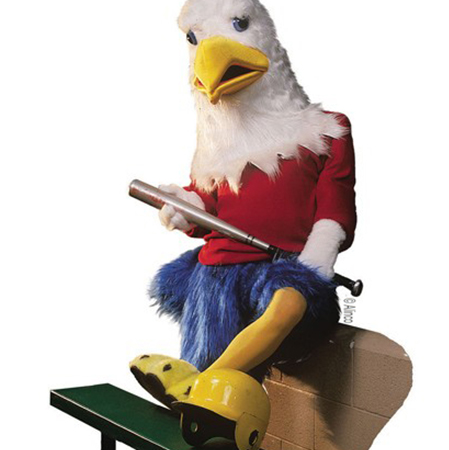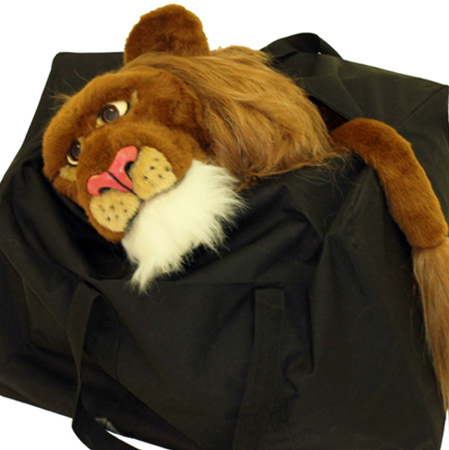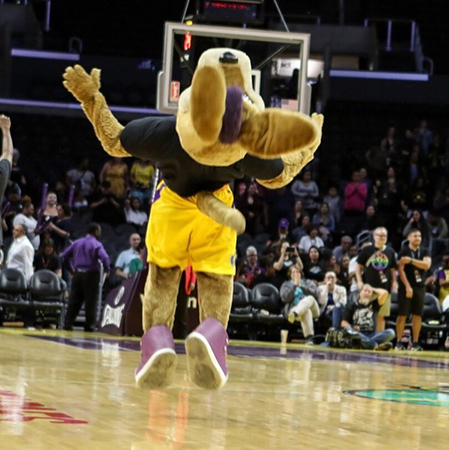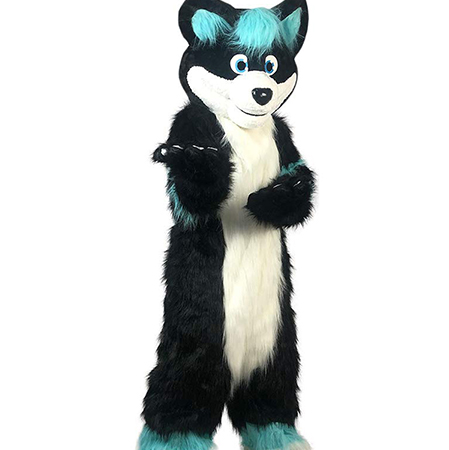In the world of sports, entertainment, and branding, mascots play a pivotal role in engaging audiences and creating memorable experiences. The science behind visual perception is intricately linked to the effectiveness of mascot design. Understanding how we perceive visual stimuli can help explain why some mascots capture our hearts while others fall flat. This article delves into the fascinating interplay between visual perception and mascot design, focusing on the elements that contribute to a mascot’s appeal.
Visual perception begins with the eyes, which gather information about the environment and transmit it to the brain. However, it is the brain that does the heavy lifting by interpreting these signals and making sense of the world around us. When designing a mascot, creators must consider various factors that influence how easily recognizable and appealing the character will be.

One critical aspect is simplicity. Research in psychology has shown that humans tend to prefer simple and clear shapes over complex ones. A streamlined design makes it easier for viewers to recognize and remember the mascot. For instance, the iconic Mickey Mouse silhouette is instantly recognizable due to its minimalist approach and clean lines. Similarly, effective mascot costumes often emphasize basic geometric forms that are easy to distinguish even from afar.
Color also plays a crucial role in visual perception. Different colors evoke different emotions and associations. For example, red often signifies energy and passion, while blue can convey calmness and trustworthiness. Successful mascot designs strategically use color to enhance their appeal and align with the brand’s identity. The vibrant, primary colors of many sports team mascots create an energetic and approachable image, encouraging fan interaction and loyalty.

Another essential factor is expressiveness. Mascots are meant to bring life and personality to inanimate objects or characters. Facial expressions and body language significantly impact how we perceive emotions and intentions. A well-designed mascot costume allows for a range of expressive movements, enabling performers to engage with the audience effectively. The larger-than-life heads and exaggerated features common in mascot designs ensure that even subtle changes in expression are easily visible from a distance.
Size and proportion are also vital considerations. Larger-than-average figures naturally draw human attention. An oversized head or limbs can make a mascot more noticeable and endearing. Proportionally, exaggerating certain features—such as elongating limbs or widening eyes—creates a caricature effect that is both amusing and engaging. These distortions play into our natural tendency to find such characteristics appealing, enhancing the mascot’s charm.

Texture and material choices contribute to the overall impact of a mascot costume. Smooth, glossy surfaces versus fluffy or furry ones can evoke different tactile impressions even though they are seldom touched by the audience directly. The materials used need to be durable yet comfortable enough for prolonged wear by performers. Additionally, reflective or shiny fabrics can add a magical quality, catching light in ways that enhance visibility and allure.
Lighting is another critical element in visual perception. Proper lighting can accentuate a mascot’s features, making them stand out in varied environments. Backlighting, for instance, can create dramatic silhouettes that highlight the mascot’s outline, adding to its mystique and grandeur. Conversely, poor lighting can diminish visibility and impact, rendering the mascot less effective at capturing attention.

Lastly, movement is a significant component of visual perception. Humans are naturally drawn to motion, as our brains are wired to detect change and movement in our surroundings. A dynamic mascot that interacts with the crowd, dances, waves, and performs gestures is far more captivating than a static figure. This interaction creates a sense of liveliness and immediacy, fostering a stronger connection between the mascot and its audience.
In conclusion, the science of appearance reveals that the success of mascot design lies in a careful balance of simplicity, color theory, expressiveness, size, texture, material choices, lighting, and movement. By understanding these principles of visual perception, designers can craft mascots that not only capture attention but also resonate emotionally with their audience. Whether at a sports event, theme park, or corporate function, a well-designed mascot can leave a lasting impression, embodying the spirit and identity of its brand.

